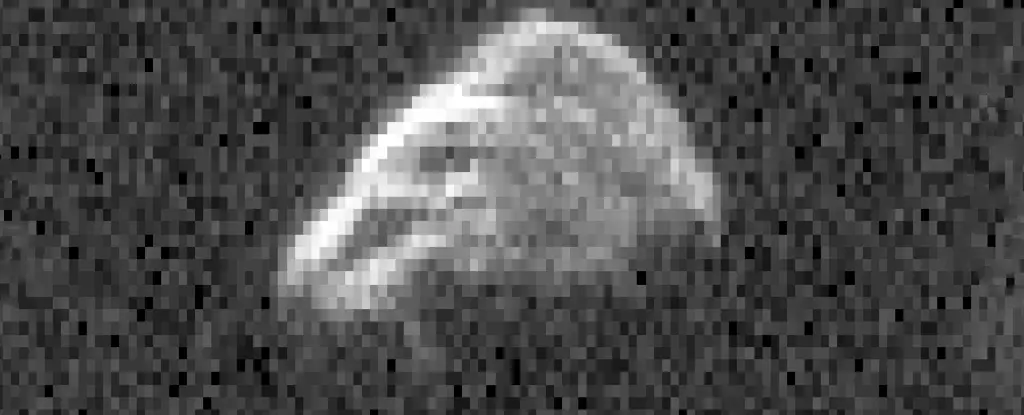Recently, Earth had a close encounter with two large asteroids, 2024 MK and 2011 UL21. While both asteroids posed no threat to our planet, their flybys provided scientists with valuable opportunities to study these rocks up close and further our understanding of the threats they may pose in the future.
Potentially Hazardous Objects
Earth’s vicinity in the Solar System may seem mostly empty, but occasional comets and asteroids pass through, posing potential hazards. Anything that comes within a certain distance of Earth or is particularly bright is classified as potentially hazardous. This classification aims to prepare us for any unforeseen events that could knock these objects off their course and put Earth in danger.
Close Encounters
2011 UL21 passed by Earth at a safe distance of 6.6 million kilometers, while 2024 MK came much closer, at only 295,000 kilometers. Despite being categorized as potentially hazardous, both asteroids stayed on their projected paths and did not pose any immediate danger to our planet.
Imaging asteroids can be a challenging task, especially when dealing with relatively small and dim objects like these large asteroids. NASA used radar telescopes to transmit radio waves towards the asteroids and construct detailed images based on the return signals. The images revealed intricate details of the asteroids, including their shapes, bumps, divots, boulders, and ridges.
While studying 2011 UL21, astronomers also spotted a tiny moonlet orbiting around the 1.5-kilometer-wide asteroid. This discovery adds to the growing number of binary asteroid systems that have been identified in recent years. These findings are crucial for planetary defense strategies and contribute to our understanding of how asteroids form and evolve in the Solar System.
Future Implications
As our imaging technologies continue to advance, we are uncovering more binary asteroid systems and gaining valuable insights into their orbits, masses, and densities. Understanding these properties can help us make better predictions about their future behavior and potential threats to Earth. Additionally, these discoveries add to the overall scientific knowledge of the Solar System’s evolution.
The recent asteroid flybys provided astronomers with a unique opportunity to study these celestial objects up close and contribute to our understanding of the potential hazards they may pose in the future. By utilizing advanced imaging techniques and radar telescopes, scientists were able to gather valuable data about the physical properties of these asteroids and make significant discoveries, such as the presence of moonlets around some of these large rocks. As we continue to explore and monitor near-Earth asteroids, we enhance our ability to protect our planet and further our knowledge of the wider Solar System.


Leave a Reply